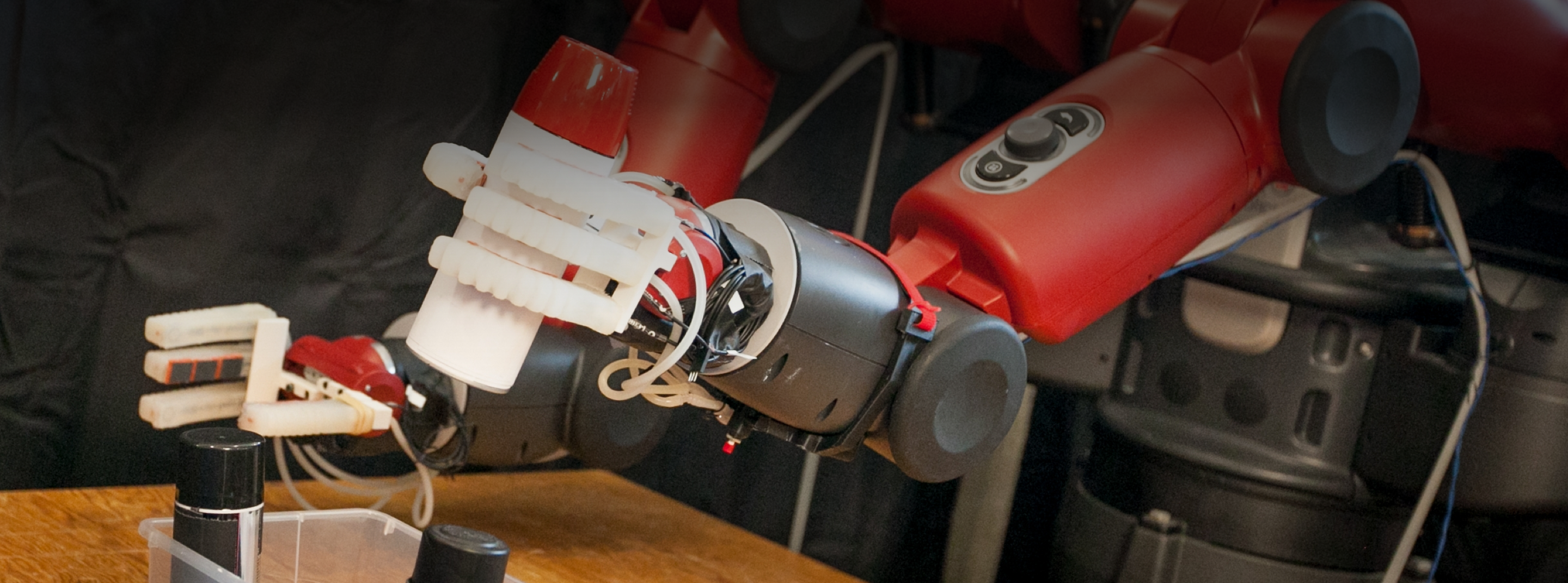Hal Abelson received an AB from Princeton University and went on to get his PhD in mathematics from MIT. He is currently a principal investigator at MIT CSAIL and a professor of Electrical Engineering and Computer Science at MIT. He has been apart of MIT since the early 1970s.
When Abelson first started, he developed a computer language for Apple computers that would be accessible to kids and help users to gain a basic understanding of computer programming. The project was called Logo and soon became a valuable resource for children. Several of his projects, such as Scratch and App Inventor, are direct descendents of Logo and expanded on the idea that programming can be a way to empower young people.
In 1981, Abelson and Andrea diSessa, who is a professor at University of California Berkeley, wrote a college-level textbook named Turtle Geometry, which involved looking into mathematical properties through programming language. He then went onto write Structure and Interpretation of Computer Programs, with MIT CSAIL Professor Gerald Jay Sussman, which accelerated the idea that programming was more than just a computer performing a task, but rather a way of expressing thoughts about methodology.
Abelson is the creator of App Inventor which was maintained at Google until 2011. App Inventor now resides at the MIT Center for Mobile Learning which received funding support from Google.
App Inventor uses visual programming to allow anyone to learn how to build apps made for smartphones or tablets. The technology uses block-based tools that can allow creators to make a multitude of functions. The goal is to empower people, including young people, and be able to program apps that are useful. With over 8 million total users and a million active users, App Inventor has had a tremendous impact. Users come from over 180 different countries and around 22 million apps have been created, encouraging people all over to create, code program and compute.
For example, a group of young high school girls in the Eastern European country of Moldova, created an app that uses crowdsourcing to help users identify clean drinking water. They built a system that enables users to take photos of a water source and fill out a questionnaire that is then uploaded to a national database for people to look up what others have said about that source of water. This is just one example of how a few young students created something that has a national impact.
While Abelson has mainly focused on research areas in AI and Machine Learning, he has partnered up with MIT’s Internet Policy Research Initiative (IPRI several times in the areas of Cybersecurity and Cryptography. One of his most recent projects has been “Keeping America Safe: Toward More Secure Networks for Critical Sectors”, lead by Joel Brenner (title and affiliation). Other members include Senior Research Scientist David Clark and Principal Research Scientist Daniel Weitzner. Today, with cybersecurity being a pressing issue, these researchers actively work together to provide a series of recommendations for the U.S. government to develop a coherent cybersecurity plan that helps all federal departments, supports investment, and certain important aspects of key infrastructures.
Another project with IPRI, led by Daniel Weitzner, is the “Key Under Doormats”. Abelson works alongside Turing Award winner and MIT’s Institute Professor Ron Rivest and Graduate Student Michael Specter to highlight the major security risks that give the government special access to data poses. The researchers argue that while governments want law-enforcement agencies to be able to access encrypted data to help them solve crimes, this would cause far more security risks than solutions to the crime. The topic was brought up in 1997, but abandoned until recently. Daniel Weitzner and his team have come to the conclusion that the damage that could be caused today would be much greater than it was back then.
With the topic of self-driving cars becoming more and more prominent, Abelson works with MIT Professor Gerald Sussman, Principal Research Scientist Lalana Kagal, and Daniel Weitzner on “The Car Can Explain!”. In this project, they look into the idea that when there is an accident in a vehicle co-driven by a person and machine, people, from police officers to insurance companies, will want to know what and who is accountable for the accident. Their research explores the development of the methodology and supporting technology for combining qualitative and semi-qualitative models with measured data to produce concise, understandable symbolic explanations of actions taken by a system built out of many parts, including the human operator.

